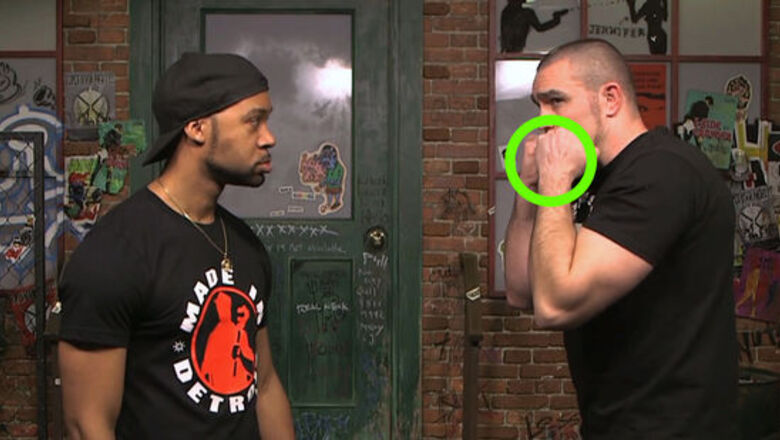
views
- Hold your fists up to your face with your elbows down in front of your chest. Turn slightly to the side so your chest isn’t facing your opponent.
- Then, step back and shift your weight onto your rear leg while bending your knees. Use the movement to pull your head back.
- Evade a head punch by stepping forward and ducking down 6 inches (15 cm). Move through the step and make a counterpunch now that you’re closer.
Preparing to Dodge
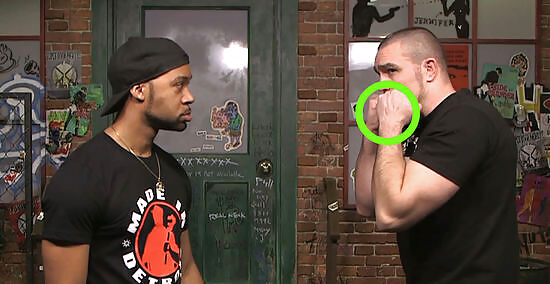
Hold your fists up. Hold your clenched fists in front of your face to protect it. Keep them around cheek level to protect as much of your face as possible. Clench your fists with the thumb on the outside, not the inside.
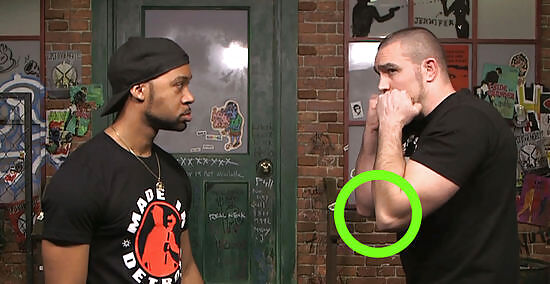
Keep your elbows at your side. Your arms and shoulders should be relaxed for easy movement, with your elbows kept down to protect your torso.

Tuck your chin down. Keeping your chin down makes your face a smaller target and protects your neck. Don't tuck it so far down you have trouble watching your opponent.
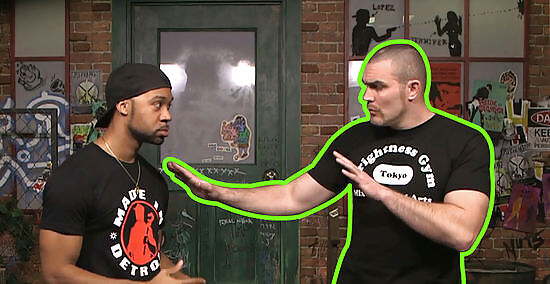
Adopt a defensive stance. Turn slightly sideways with one leg (usually the right leg for right-handed people) further back than the other so your torso isn't facing the opponent. Your legs should be at roughly shoulder width or a little wider. Keep your knees bent so you can stay balanced and mobile. Don't turn too far sideways; if you are standing at right angles to your opponent you can be knocked to the side.
Stay alert but don't stare in one place. Your eyes detect movement faster from the side of your vision than from the front, so an unfixed gaze will serve you better than a close stare at your opponent's hands. Be aware of your opponent's shoulders, eyes, and foot movement as well as their hands. If a particular opponent always steps forward before punching, you can use that information to react more quickly. The more practice you have, the faster your movements will be. EXPERT TIP Ross Cascio Ross Cascio Self Defense Trainer Ross Cascio is a Krav Maga Worldwide self-defense, fitness, and fight instructor. He has been training and teaching Krav Maga self-defense, fitness, and fight classes at the Krav Maga Worldwide HQ Training Centers in Los Angeles, CA for over 15 years. He helps people become stronger, safer, and healthier through Krav Maga Worldwide training. Ross Cascio Ross Cascio Self Defense Trainer Our Expert Agrees: Don't stare at your opponent's hands or legs. Instead, look at the center of their body so you can better see punches coming from all directions. Then, adopt a head bob and weave to change the level of your head and make it a difficult target to hit. When the punch is coming, bend your legs, not your hips, and lower your head so that the punch goes over you.
Dodging a Punch by Moving Back
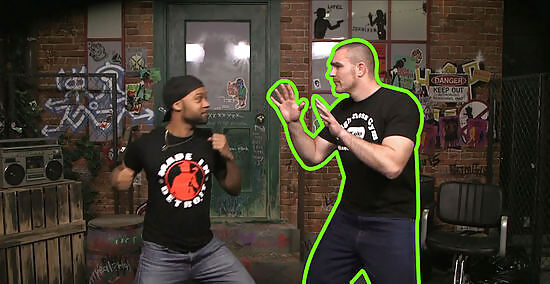
Combine these steps into one movement. If you successfully dodge with this method, you will end up on the outside of your opponent's punch, ready to move further away or throw your own long distance punch. Remember to keep your fists up during the dodge to keep your guard in place.

Rotate onto your rear leg. Rotate your hips and body clockwise (if your left leg is in front) and shift a little weight onto your rear leg. Optionally, you can take a step backwards with your rear leg as part of this movement.
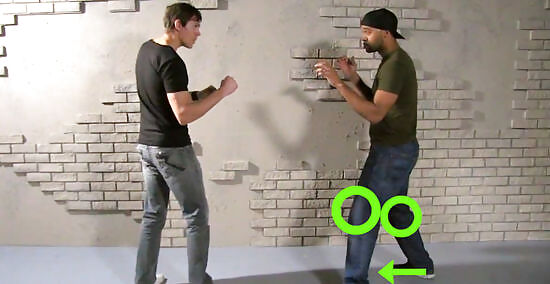
Pivot both your feet in the same direction. Keep your knees bent and your torso above your hips for maximum balance.

Use the movement of your knees and hips to pull your head back out of the way. You can lean back with your neck a little as well, but the main motion should be the sideways rotation of your feet and torso. Minimize bending from the waist, as this can make you severely off balance.
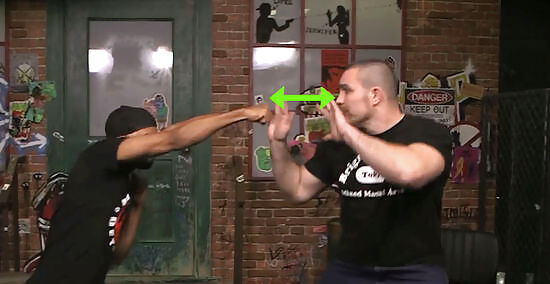
Only move as much as necessary. You only need to move a short distance to avoid a punch. Smaller movements keep you more balanced and give you more time to make your next move (whether that's a counterpunch or knocking your opponent over and running).
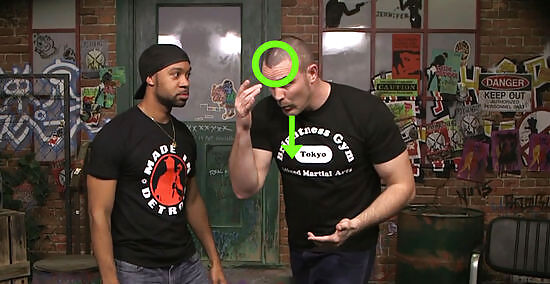
If you can't avoid a punch to the face, take it with your forehead. Tilt your chin further down so the blow lands on a hard part of your skull rather than your nose or jaw. Simultaneously move back or rotate your head in the same direction the punch is traveling to minimize the force of impact.
Dodging a Punch to the Face by Moving In
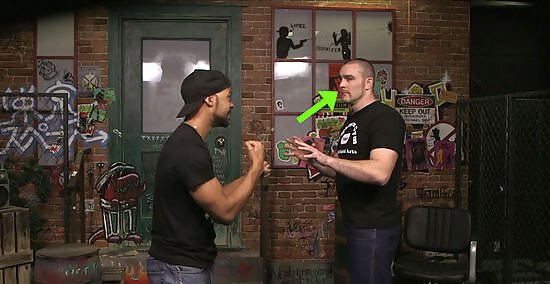
Only dodge punches to the head this way. The goal of this dodge is to end up on the inside of your opponent's punch (next to his body), ready for a strong counterpunch. If your opponent is aiming for your body, you might end up moving your face right into a fist. This dodge works best against a straight, strong right-handed jab. The bigger the punch, the better it is to dodge since your opponent will be off balance and spend more time recovering. You may want to block shorter jabs or feints or dodge them by moving further away instead of closer.
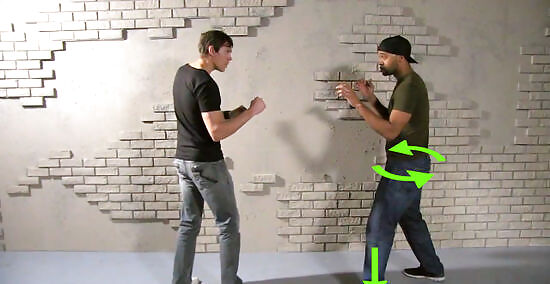
Rotate onto your forward leg. Rotate your hips and body anticlockwise (if your left leg is in front) and shift more weight onto your forward leg. The main motion should come from your hips, not your waist.
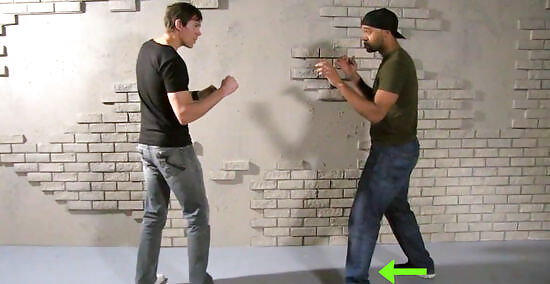
Pivot your rear foot in the same direction. Keeping your whole body in line with your hips keeps you balanced and mobile.
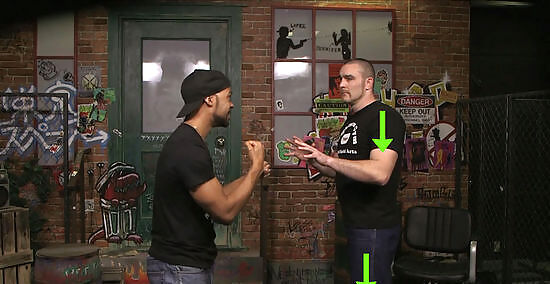
Duck down with your knees and shoulder. Move your shoulder rapidly downward and inward at a 45º angle across your chest to get your head out of the path of the punch. Bend slightly with your knees as well. Don't overdo this movement. You only need to move your head about six inches (15 cm) to dodge a straight jab. Don't lean too far forward, as this makes it hard to balance and to watch your opponent. You should be using your knees and shoulder much more than your back. If you're as tall or taller than your opponent, you may be able to dodge the punch by raising your head instead, so the fist passes below your chin as you rotate to the side.
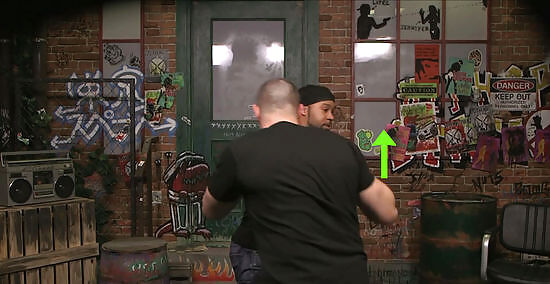
Raise your rear hand slightly. Be prepared to use it to block or deflect a follow up punch from the other hand.
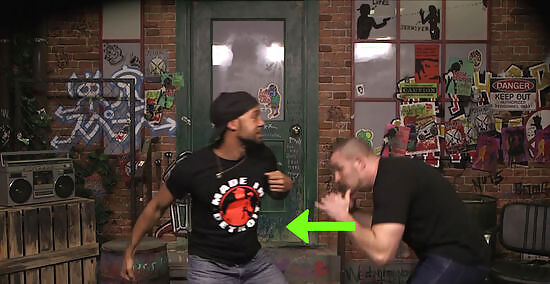
Step closer (optional). If you need to, use your leading foot to take a short step toward the opponent. This is useful for constraining their movement for the next punch, but mainly for setting up a counterpunch.
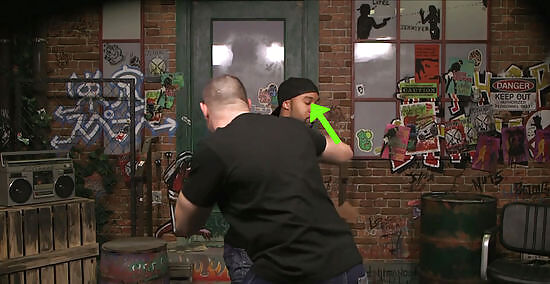
Counterpunch (optional). Once the punch is dodged, you can take advantage of your close position to retaliate with a punch of your own.
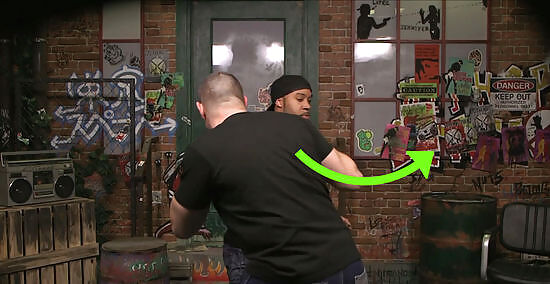
Bob back up in a U shape. As you return to your original position, weave in a "U" shape around the punch. If you simply move straight back up you may walk right into another punch.
Rolling with a Punch to the Body

Clench your stomach muscles. This protects your internal organs from injury.
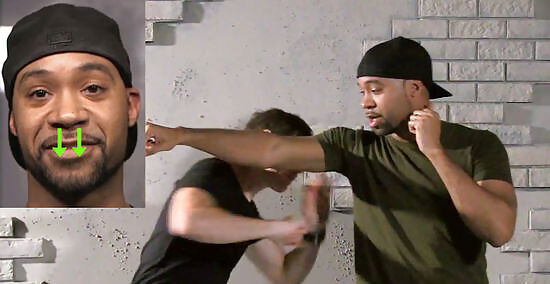
Exhale sharply through your nose just before impact. A short, quick burst of air will automatically cause your abs to flex and further protect yourself.
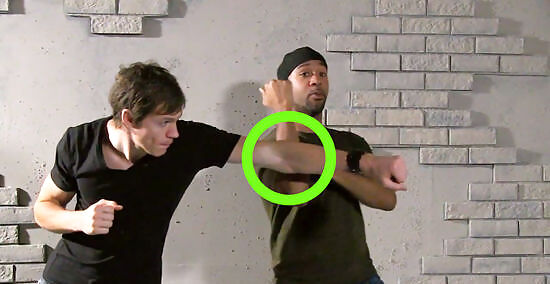
Block the punch with your hands. Try to push your opponent's arm away with your hand to deflect the punch, or at least receive the punch on your knuckles rather than directly on your torso.
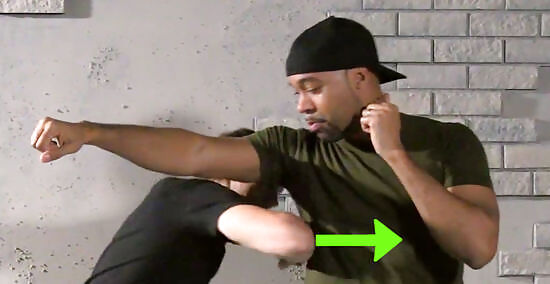
Move with the punch. Step back or rotate your body in the direction of the blow. If the point of impact is moving in the same direction of the punch the force will be greatly reduced.



















Comments
0 comment